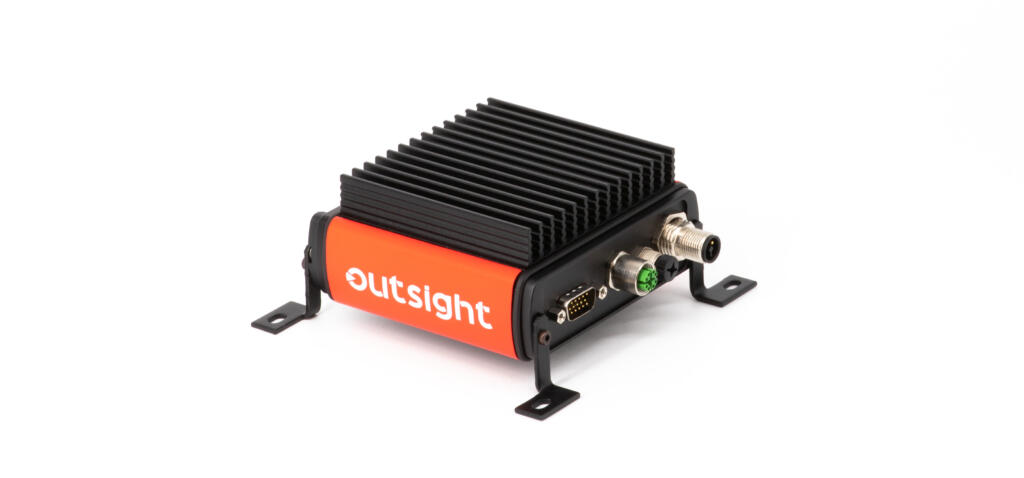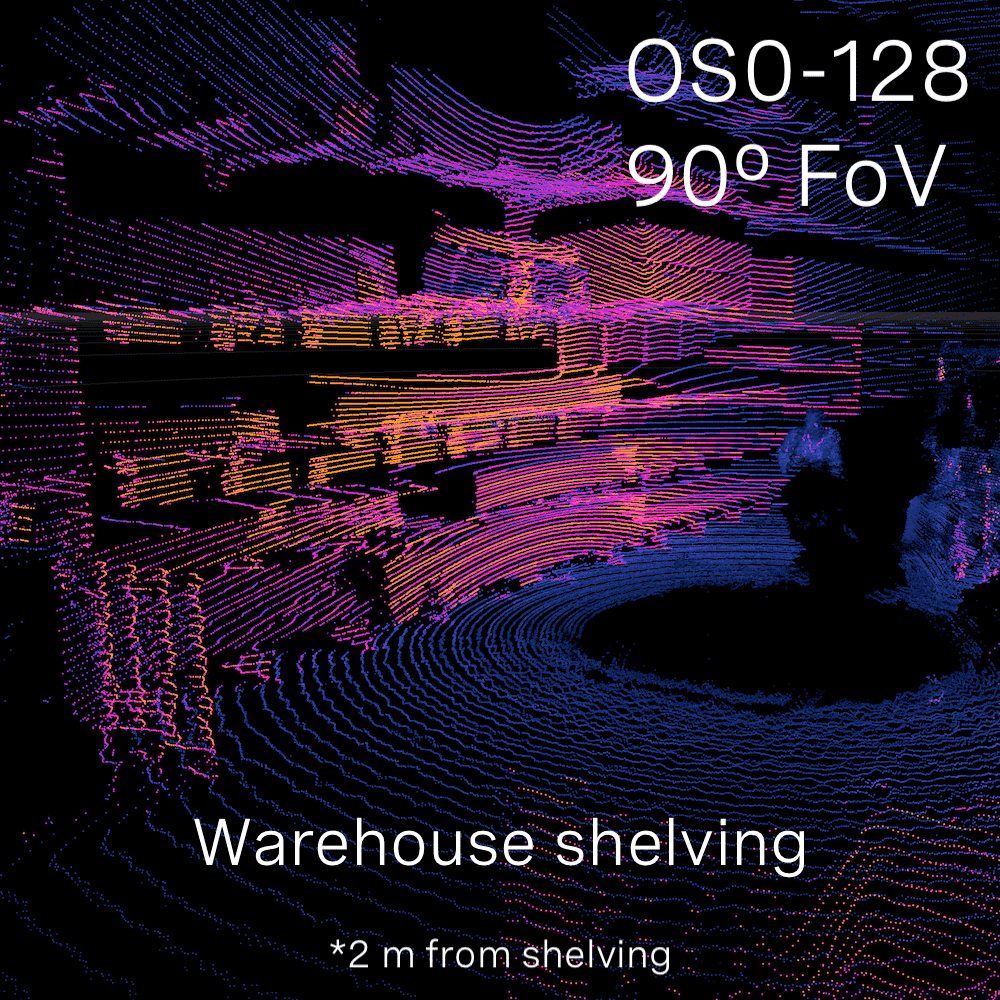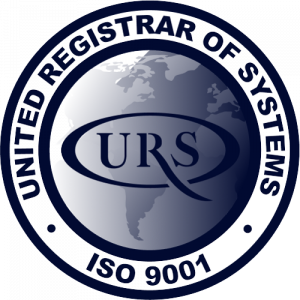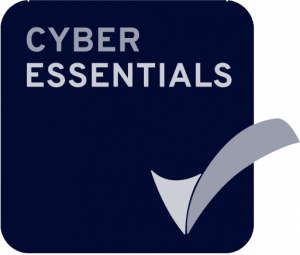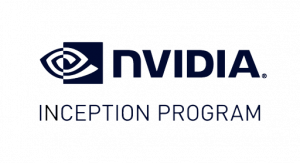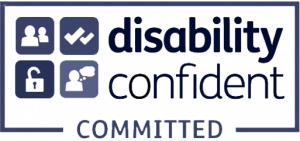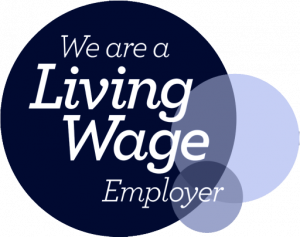Optimising Ouster LiDAR sensors for industrial automation
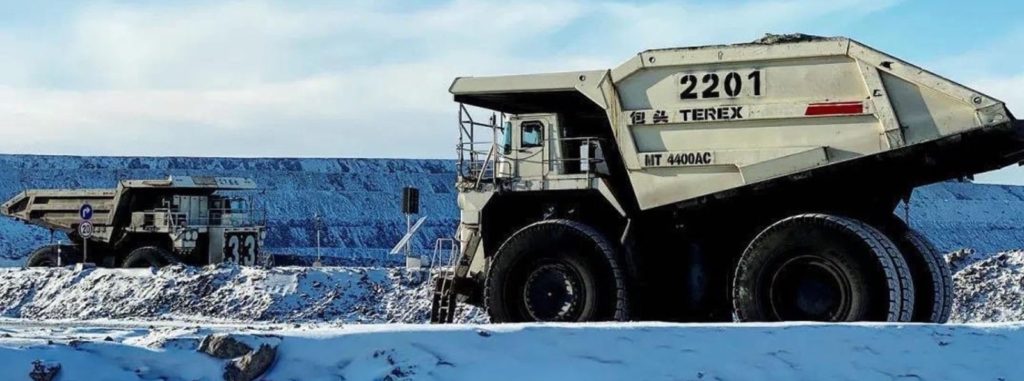
Industrial automation promises a future of greater safety for humans and higher productivity for machines. Transforming this vision into reality requires equipment and systems to be robust, consistent and reliable. LiDAR sensors, as a vital component of automation, are no exception to this rule.
But the sensors need to not just work, but work well. This means giving machines the right combination of resolution and field-of-view (FoV) to help them accurately identify and avoid humans, and navigate around small objects. To also find a path through warehouse stacks. operate at efficient speeds, and differentiate between safety-critical and non-safety critical obstacles.
With this goal in mind, Ouster has released hardware update Rev 5 across the suite of OSx sensors. Rev 5 combines the critical performance, reliability, and power features that make Ouster LiDAR the optimal choice for the industrial market.
Rev 5 Ouster LiDAR sensors highlights
- High-resolution data with accurate reflectivity to optimise perception and localisation algorithms
- Industry-leading reliability and IP68/69K ruggedness
- Ultra-wide vertical FoV
- Standard power compatibility to accommodate 12V and 24V operations
- Equipped with the latest firmware, including calibrated reflectivity
- Integrations into leading partner platforms, including Danfoss
- With every product upgrade, Ouster is making it easier to integrate its sensors into new or existing industrial platforms. Ouster LiDAR sensors are used in numerous industrial applications, from indoor warehouse robots and autonomous cranes to autonomous mining in underground, heavy dust, and sub-zero environments.
High-resolution data to optimise perception and localisation algorithms
Perception and localisation algorithms are only as good as the data they receive. Ouster’s high-resolution digital LiDAR outputs four data layers including range, signal, calibrated reflectivity, and near-infrared. Accurate reflectivity data gives autonomous machines an additional dimension of information around their environments, improving the accuracy of object detection and the robustness of localisation algorithms. When coupled with high-resolution data of up to 128 channels, machines can detect objects at longer distances while also operating at higher speeds. Seegrid (formerly Box Robotics), saw a 50% increase in the average speed of their autonomous mobile robots after switching to Ouster digital LiDAR.
Industry-leading reliability means reduced downtime
Ouster’s focus on reliability, combined with the inherent digital LiDAR architectural advantages, means that their 3D LiDAR sensors are the most robust and rugged on the market. Sensor failures increase costs from downtime, repairs, and are, more critically, a safety risk. Hence, the sensors are designed and tested to the highest standards of reliability and robustness, including achieving IP68/69K and automotive-grade shock and vibration specifications. Reliable sensors reduce downtime, reduce time and costs associated with replacements, and improve safety due to more reliable operations.
Support for 12V and 24V operations
All Rev 5 and later sensors now come with 12V and 24V power compatibility as standard. This ensures seamless retrofitting of Ouster sensors into existing industrial equipment for improved safety and task automation.
Ultra-wide vertical FoV
With a 90º vertical field-of-view, Ouster’s OS0 captures an expansive view of the environment, from obstacles on the floor to high warehouse stacks. This comprehensive data can be used to improve object detection and localisation algorithms, helping autonomous robots manoeuvre more efficiently and safely around other objects and people.
Partner integrations to speed up development
To support customers’ development of autonomous machinery and accelerate their time to market, Ouster has built a robust ecosystem of partners that integrate with its sensors. 2021 saw the introduction of integration with Danfoss PLUS+1® Platform to reduce the complexity, time, and cost of development for automated systems. With the PLUS+1 Platform, customers can easily integrate Ouster LiDAR with a suite of hardware and software development tools, enabling key functionalities like object detection and avoidance, path planning, and operator assistance.
Industrial automation is accelerating, and machines need reliable sensors to operate safely and efficiently all the time.
Contact our sales team to learn more about how you can automate your systems with Ouster’s sensor suite optimised for commercial industrial applications.

